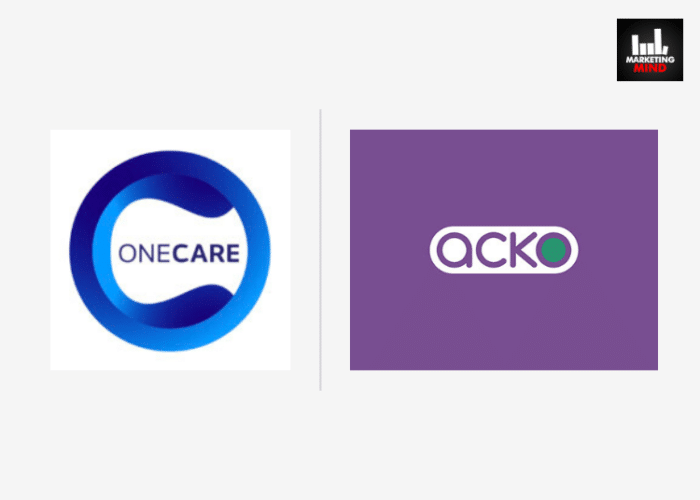In a world where technology faultlessly merged into daily life, Generation Z, often hailed as “digital natives,” finds itself entangled in the complexities of a tech-driven existence. However, a peculiar challenge has emerged—Tech Shame. This phenomenon is increasingly prevalent among the younger workforce, raising questions about their ability to adapt to professional digital prospects.
Tech-Savvy Yet Struggling
Born into a tech-centric era, where smartphones become companions before language is fully mastered, Gen Z seems adept at handling technology. However, recent research by LaSalle Network reveals a surprising trend. Almost half of the 2022 graduates entering the workforce confessed to feeling technologically unfit in their new professional environments. The contradiction is striking—masters of personal technology, yet struggling in job-related digital realms.
The Struggle in Professional Spaces
The tech-related anxiety doesn’t end there. A survey by HP indicates that 20% of Gen Z workers feel under scrutiny from their older colleagues when facing technological challenges. This scrutiny contributes to the overarching issue termed “tech shame”—a sense of inadequacy and embarrassment triggered by workplace tech struggles.
Decoding Tech Shame
Coined by HP, Tech Shame describes the difficulties Gen Z encounters in using basic office tools. While the term is recent, the concept isn’t. Tech guilt has haunted workplaces for as long as technology has been integrated into professional settings. It’s a universal experience—feeling inadequate when grappling with new technologies in unfamiliar environments.
Why Does Tech Shame Matter?
 Tech shame isn’t just a passing discomfort; it’s a significant workplace concern. For managers, creating a supportive environment is crucial. Teams thrive when there’s a culture of open communication, respect, and collaboration. Tech shame, if left unaddressed, can impede the free flow of ideas and hinder the potential of a team.
Tech shame isn’t just a passing discomfort; it’s a significant workplace concern. For managers, creating a supportive environment is crucial. Teams thrive when there’s a culture of open communication, respect, and collaboration. Tech shame, if left unaddressed, can impede the free flow of ideas and hinder the potential of a team.
Closing the Digital Talent Gap
To tackle the issue, managers should focus on understanding the dynamics of cross-generational teams. Recognizing tech shaming as a potential barrier to collaboration is crucial. Companies can assess their digital talent gap through surveys or interviews, utilizing technology for this purpose. Consistent communication, regular check-ins, and providing a safe space for questions are vital components of a strategy to help employees overcome tech shame.
Why This Tech Shame Happens?
The Social Media Conundrum
1. The Quest for Perfection
Gen Z is growing up in an era dominated by social media platforms, where the spotlight often shines on curated images of an ideal life. From picturesque vacations to perfectly crafted selfies, the pressure to present a flawless online persona is immense. This constant comparison to others’ highlight reels can lead to feelings of inadequacy and, consequently, Tech Shame.
2. Fear of Missing Out (FOMO)
Social media’s real-time nature can contribute to FOMO, where individuals feel anxious about missing out on social events, trends, or experiences. The fear of not being constantly connected or updated can drive Gen Z to spend excessive time online, further fueling Tech Shame when they perceive their habits as excessive or unhealthy.
The Impact of Influencer Culture
1. Unrealistic Standards
 Influencers, who dominate online spaces, often project an aspirational lifestyle that may not be attainable for the average person. The constant exposure to these polished images and curated content can create unrealistic standards, leading Gen Z to feel ashamed of their own, perhaps less glamorous, lives.
Influencers, who dominate online spaces, often project an aspirational lifestyle that may not be attainable for the average person. The constant exposure to these polished images and curated content can create unrealistic standards, leading Gen Z to feel ashamed of their own, perhaps less glamorous, lives.
2. The Illusion of Instant Success
The rise of young influencers achieving seemingly instant success can contribute to Tech Shame. The pressure to accomplish significant milestones early in life, whether academically, professionally, or socially, becomes magnified in a world where online achievements are prominently showcased.
Digital Well-being and Mental Health
1. Screen Time Stigma
With increased awareness about the potential negative effects of excessive screen time, there’s a growing stigma associated with the hours spent on devices. Gen Z, aware of these concerns, may internalize guilt about their screen habits, contributing to Tech Shame even when engaged in activities essential for work, education, or genuine recreation.
2. The Cyberbullying Menace
The digital realm isn’t always a haven; cyberbullying is a harsh reality. Gen Z faces the challenge of navigating online spaces where anonymity can breed cruelty. Experiencing or witnessing online harassment can lead to Tech Shame, as individuals grapple with the emotional toll of such encounters.
Breaking the Tech Shame Cycle
1. Promoting Digital Literacy
Addressing Tech Shame begins with promoting digital literacy. Gen Z needs guidance on distinguishing between curated online personas and the complexities of real life. Education about healthy online habits and the importance of balance in technology use is crucial.
2. Encouraging Authenticity
Fostering a culture of authenticity online can alleviate Tech Shame. When individuals feel comfortable being their genuine selves, free from the pressure to conform, the emotional toll of constantly comparing oneself to others diminishes.
3. Prioritizing Mental Health
 Open conversations about mental health are essential. By acknowledging the impact of online experiences on mental well-being, Gen Z can develop resilience and coping mechanisms. Recognizing that it’s okay to seek help and take breaks from the digital world is vital.
Open conversations about mental health are essential. By acknowledging the impact of online experiences on mental well-being, Gen Z can develop resilience and coping mechanisms. Recognizing that it’s okay to seek help and take breaks from the digital world is vital.
Wrap Up
Tech shame is a real and pressing concern for Gen Z in the workplace. As organizations strive for success, it’s imperative to address this issue head-on. By fostering an inclusive culture, promoting open communication, and actively bridging the digital talent gap, companies can ensure that their teams, regardless of age, work harmoniously towards shared goals.
Are you aware from Tech Shame?
Also Read: YouTube Introduces AI-Powered Music Advertising Solutions For Gen Z













